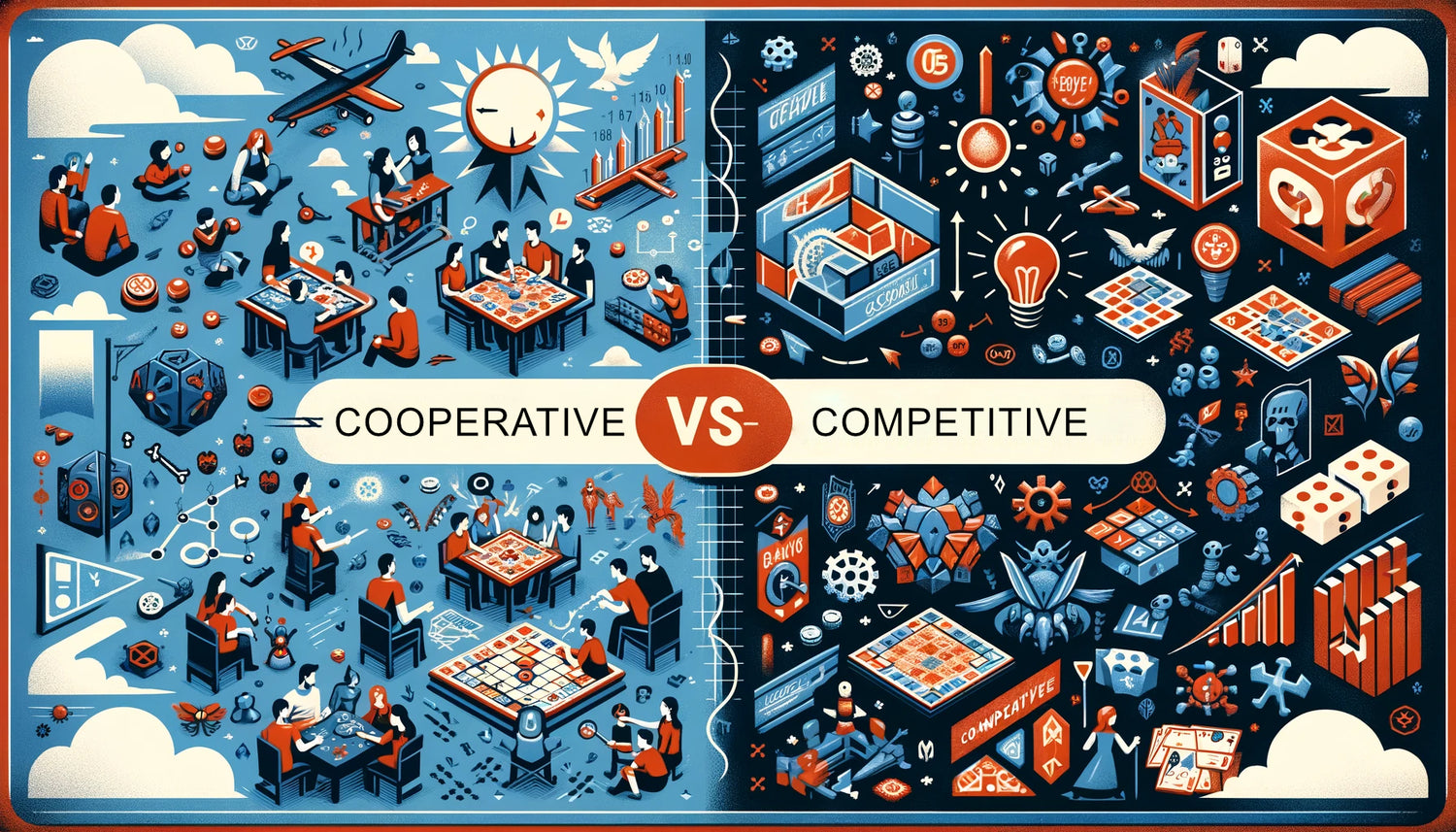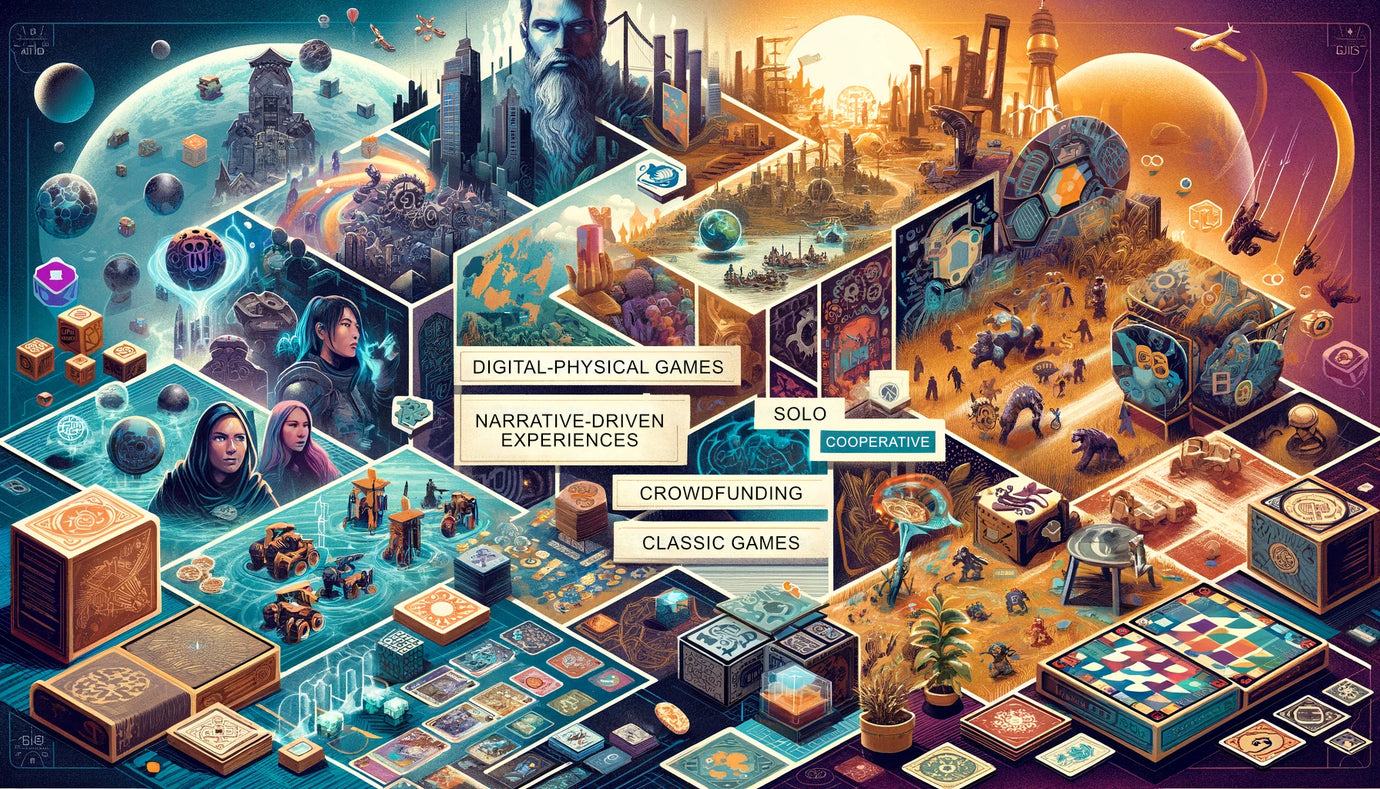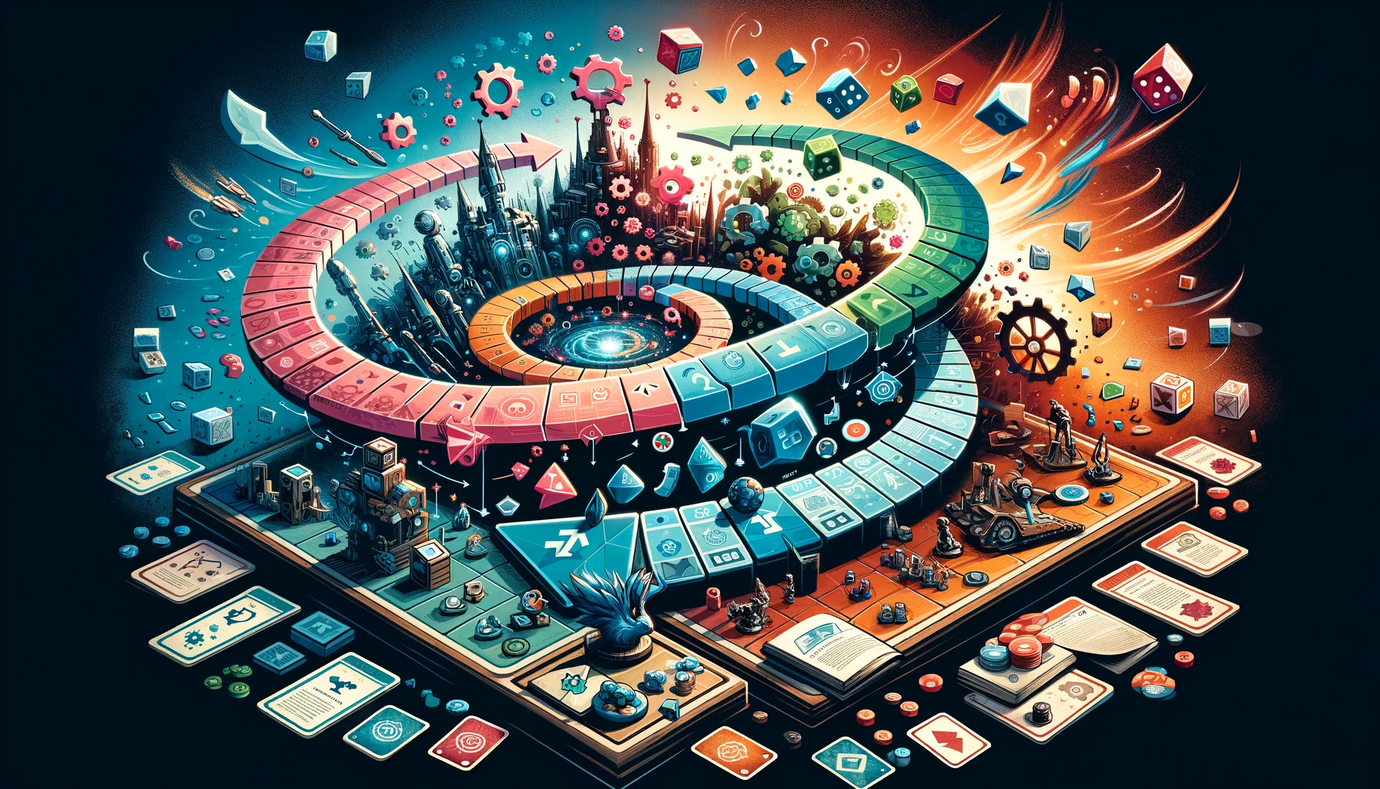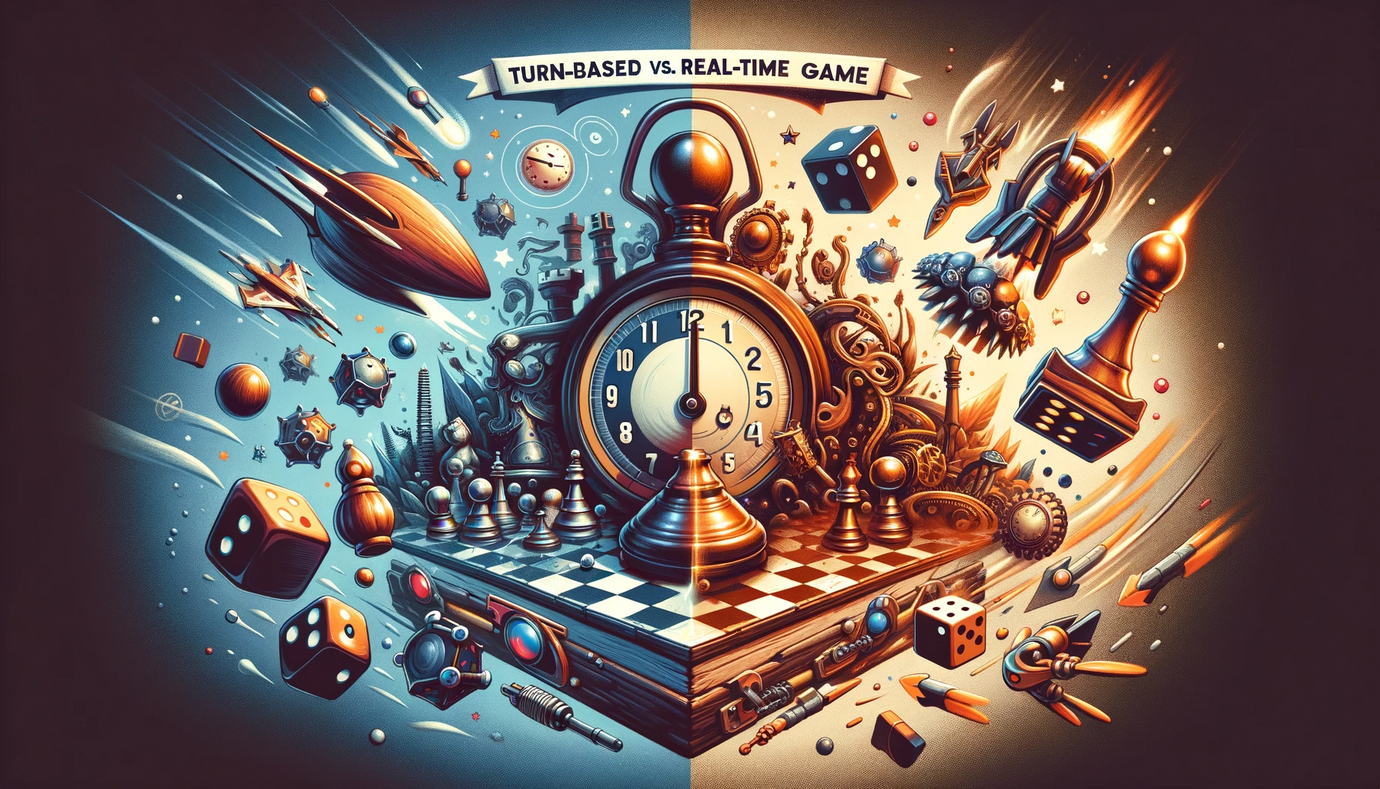Designing Cooperative vs Competitive Gameplay

Introduction
In the diverse world of board and card games, the nature of player interaction – whether cooperative or competitive – fundamentally shapes the gaming experience. Designing games with either cooperative or competitive gameplay (or a blend of both) requires a deep understanding of player dynamics and game mechanics. This blog post will explore the nuances of designing for cooperative and competitive gameplay, offering insights and strategies to create a compelling and balanced game experience.
Understanding Cooperative and Competitive Dynamics
Cooperative Games: In cooperative games, players work together towards a common goal, often against the game itself. These games foster teamwork and strategic collaboration.
Competitive Games: Competitive games pit players against each other in a contest to achieve individual victory. They often emphasize strategy, tactical planning, and sometimes, direct conflict.
1. Designing Cooperative Games
Shared Goals and Objectives: Establish clear, shared objectives that require collaboration and teamwork to achieve.
Balancing Difficulty: Design challenges that are tough enough to require cooperative strategies but not so difficult that they become frustrating.
Player Roles and Abilities: Introduce unique player roles or abilities that encourage interdependence and cooperative play.
2. Creating Engaging Competitive Gameplay
Fair and Balanced Mechanics: Ensure that the game mechanics are balanced, providing each player with equal opportunities to win.
Strategic Depth: Offer players a range of strategic options and paths to victory. This can include resource management, area control, or tactical maneuvering.
3. Blending Cooperative and Competitive Elements
Semi-Cooperative Games: Consider designing games where players have to cooperate to some extent but ultimately compete for individual victory.
Dynamic Alliances: Introduce mechanics that allow temporary alliances or partnerships, adding a layer of social dynamics and strategic complexity.
4. Fostering Player Interaction
Cooperative Interaction: In cooperative games, design mechanics that necessitate discussion, planning, and joint decision-making.
Competitive Interaction: For competitive games, incorporate mechanics that encourage players to interact, compete, and react to each other’s actions.
5. Managing Game Pacing and Tension
Pacing in Cooperative Games: Ensure that the game’s pacing maintains tension and excitement. Introduce time-bound challenges or escalating threats.
Balancing Competition: In competitive games, balance the pacing to ensure the game remains dynamic and engaging throughout, avoiding early leader advantages or runaway winners.
6. Designing for Replayability
Variable Game Setups: Create different game setups or scenarios to ensure that each playthrough feels unique, especially in cooperative games.
Diverse Strategies: For competitive games, design a variety of viable strategies or paths to victory, enhancing replayability and exploration.
7. Addressing Player Elimination and Engagement
Avoiding Player Elimination: Design mechanics that keep all players engaged throughout the game, especially in competitive settings.
Ensuring Active Participation: In cooperative games, avoid situations where one player can dominate decision-making. Ensure that all players have meaningful roles and contributions.
8. Playtesting and Balancing
Extensive Playtesting: Test the game thoroughly with different player groups to assess balance, engagement, and overall enjoyment.
Feedback and Iteration: Use playtester feedback to refine and balance the game. Pay attention to aspects like game length, difficulty, and player interaction.
9. Thematic Integration
Thematic Consistency: Align the game’s theme with its cooperative or competitive nature. For example, a game about heists might be naturally cooperative, while one about racing could be inherently competitive.
Narrative Elements: Use narrative elements to enhance the theme and add depth to the player experience, whether in cooperative or competitive play.
10. Finalizing the Game Design
Polishing Mechanics: After balancing and playtesting, finalize the game mechanics, ensuring they support the intended cooperative or competitive experience.
Rule Clarity: Ensure that the rules are clear and effectively communicate how the game is played, whether cooperatively, competitively, or a mix of both.
Designing for cooperative or competitive gameplay (or a blend of both) offers a spectrum of possibilities in creating engaging and memorable game experiences. By carefully considering player dynamics, game mechanics, and thematic elements, and through rigorous playtesting and balancing, you can craft a game that resonates with your target audience. Whether fostering collaboration or fueling competition, your game can provide a platform for strategy, social interaction, and fun.








